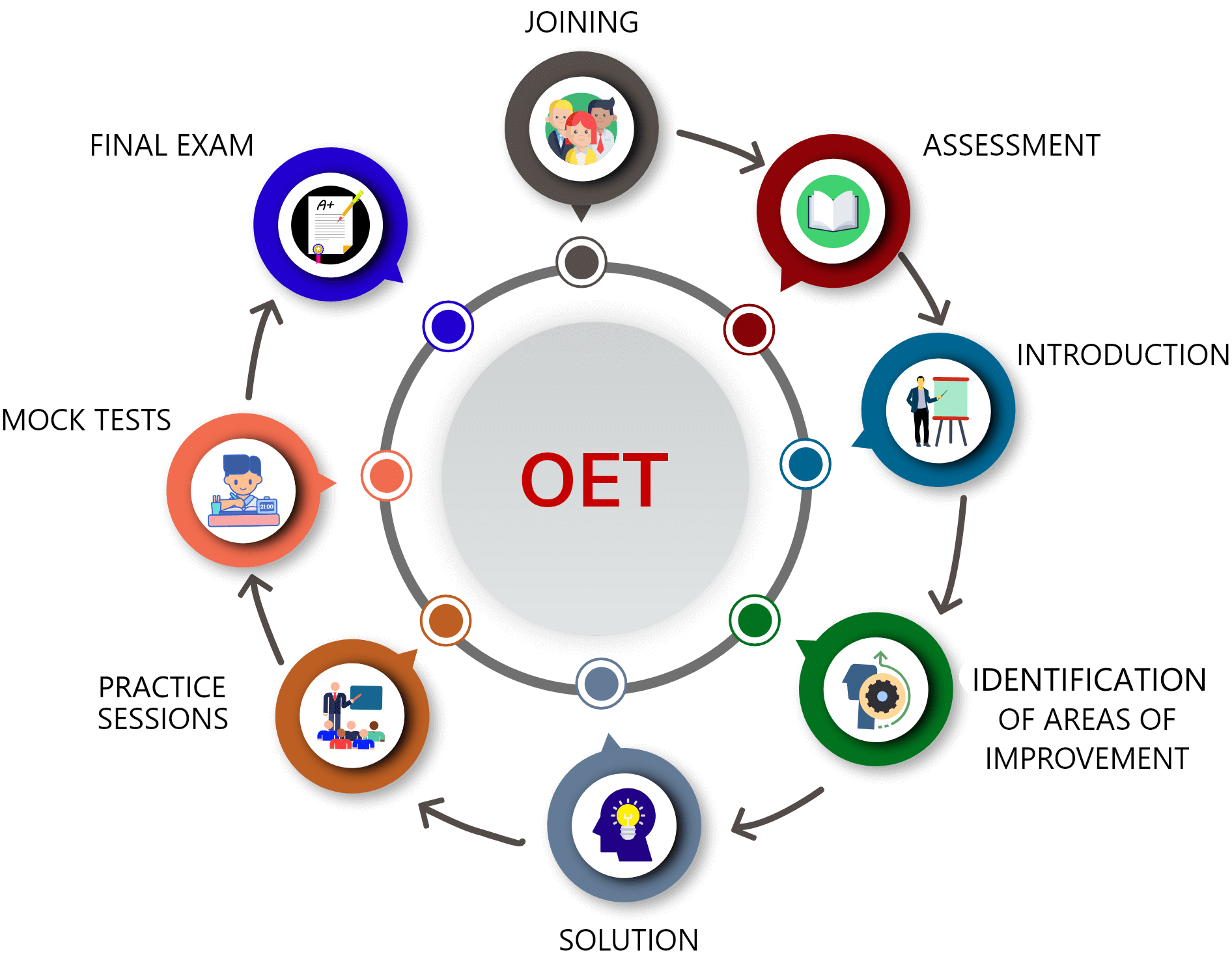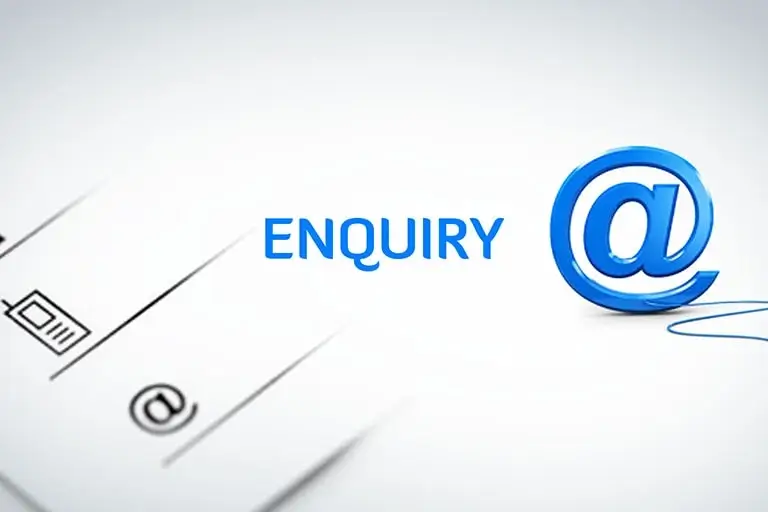What is OET?
Inadequate language proficiency is known to be a barrier to effective communication between healthcare professionals and patients. The communication gap can affect the quality of care provided. The Occupational English Test (OET) plays a crucial role in enhancing the communication process between healthcare professionals and patients.
OET is designed to evaluate the English language proficiency of individuals in the healthcare field. It is widely recognized and approved by various countries for purposes such as visas, study, migration, and more.
The test assesses proficiency in four key areas: Listening, Reading, Writing, and Speaking. It evaluates candidates' ability to comprehend and respond to questions related to general healthcare, interpret presentations, and understand texts within a healthcare setting.
Hurray’s Training Process

Why Choose Hurray Edutech for OET Training?
Hurray is one of the pioneering OET training centers in Bangalore. The training programs are offered in both classroom and online formats.
Gets equipped with Hurray’s result-oriented process of evaluation and feedback by certified trainers that has benefitted 15000+ students.
Connect to a Hurrray trainer from a space having strong internet connectivity and reap the benefits of online OET training.
Enhance your OET test preparation with OET test preparation materials, 10-12 full-length practice tests, and 4 mock tests.
Learn from the success stories and strategies applied by your peers through Hurray WhatsApp groups.
Information on the 4 OET sub-tests
Writing
In the OET writing paper, candidates are tasked with composing a letter, typically a letter of referral. However, certain professions may require different types of letters, such as a letter of transfer or discharge, or a letter providing advice to a patient, carer, or group. Candidates receive case notes that must be incorporated into their letters.
Listening
The OET listening test comprises two sections. In Part A, candidates listen to a simulated consultation (dialogue) between a healthcare professional and a patient, and their task is to take notes under specific headings. In Part B, candidates listen to a health professional delivering a brief presentation on a health-related subject. They are then expected to answer a variety of open-ended and fixed-choice questions based on the talk.
Speaking
The OET speaking test consists of individual conversations with an interlocutor. It begins with a brief introductory interview regarding the candidate's professional background. Subsequently, there are two role plays.
For each role-play, candidates are given 2-3 minutes to prepare. The role plays, lasting approximately five minutes, are based on typical interactions between a healthcare professional and a patient. Candidates assume their traditional professional role (e.g., nurse), while the interviewer portrays the patient, and occasionally a relative or caregiver. In the case of veterinary science, the interviewer usually takes on the role of the animal's owner or caregiver during the role-play.
Reading
The OET reading test is divided into two parts. Part A, which lasts for 15 minutes, requires candidates to quickly skim through 3 or 4 short texts and fill in missing words to complete a summary paragraph. This section evaluates the reader's capacity to scan texts within a time limit, extract information from multiple sources, and synthesize information.
Part B, lasting 45 minutes, involves reading two passages on a general healthcare topic and answering 8-10 multiple-choice questions for each text. This section assesses the reader's ability to comprehend and interpret longer texts.
Overall, the reading test is designed to measure the reader's proficiency in efficiently processing information and comprehending both shorter and longer healthcare-related texts.
Grading Pattern
Each of the four sub-tests that make up OET are graded A to E, where A is the highest grade and E is the lowest. There is no overall grade.
| OET grade | Description of ability |
| A | Very high level of performance |
| B | High level of performance, i.e. able to use English with fluency and accuracy adequate for professional needs |
| C | Good level of performance; however, not acceptable to a range of health and medical councils |
| D | Moderate level of performance; requires improvement |
| E | Low level of performance; requires considerable improvement |
Listening and reading
The link between scores and grades is not fixed for the listening and reading tests. Grade boundaries are regularly adjusted as different test materials are utilized in each administration. To determine the grade boundaries, a mean average of the percentage of candidates in each grade for the writing and speaking tests is applied to the range of performances on the listening and reading tests. This ensures that the grading remains fair and reflective of candidates' overall performance.
Writing and speaking
In the writing and speaking tests, the score is derived through statistical analysis of the two sets of scores provided by two separate assessors. Following established practice, this score is then converted to the final grade.
Testimonials
OET FAQs
OET is accepted for work or study in healthcare in the UK, Ireland, Australia, New Zealand, Ukraine, Dubai, Singapore or Namibia.
OET can be taken by healthcare professionals in any of the following 12 professions: Dentistry, Dietetics, Medicine, Nursing, Occupational Therapy, Optometry, Pharmacy, Physiotherapy, Podiatry, Radiography, Speech Pathology, and Veterinary Science.
OET was developed by Tim McNamara at the University of Melbourne. OET has been owned and produced by Cambridge Box Hill Language Assessment Trust – a venture between Cambridge English and Box Hill Institute – since 2013.

